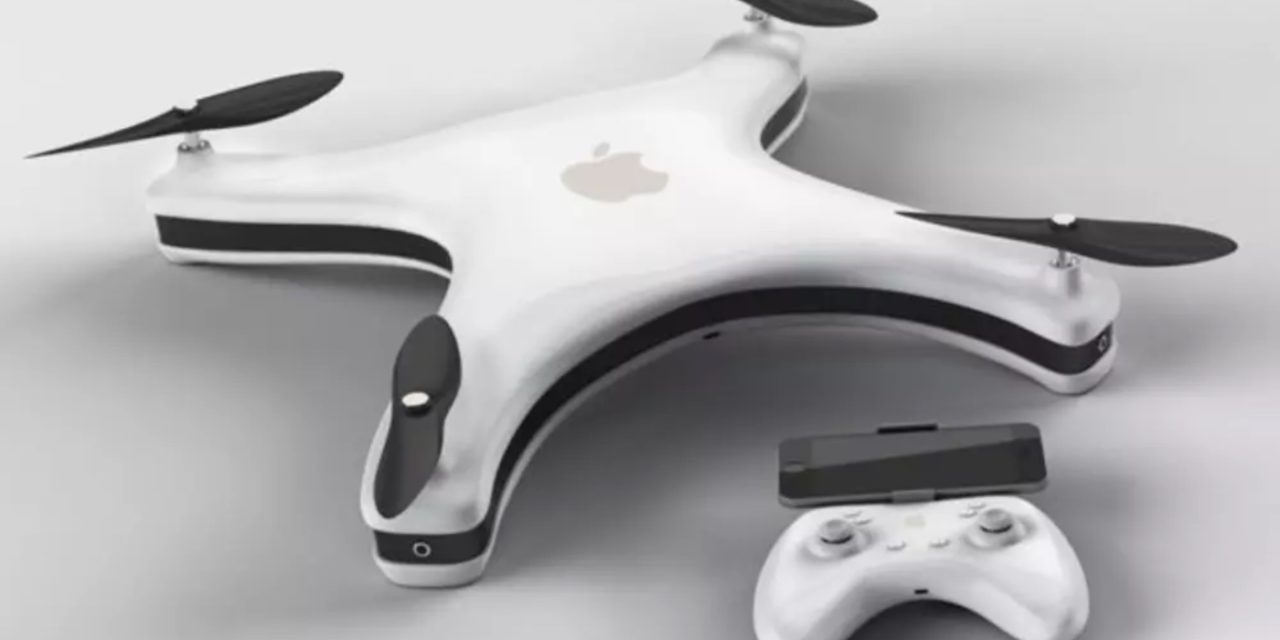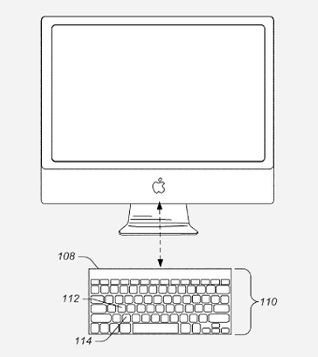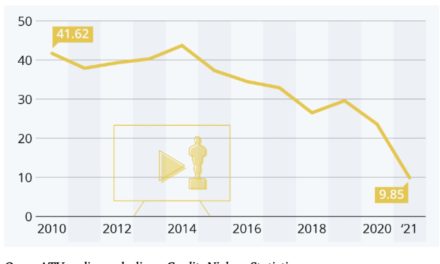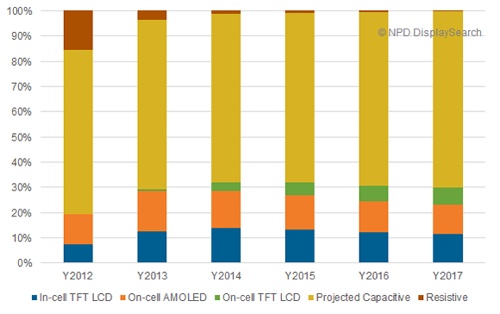Apple has filed for several patents that hint at an Apple Drone. Now there’s a new one (number 20220069449) for “unmanned aerial vehicle antenna configurations.”
About the patent filing
if Apple is considering entering the drone market, there’s some financial incentive to do so. The global commercial drone market is expected to grow at a compound annual growth rate of 57.1% from 2020 to 2027 to reach US317.8 billion by 2027, according to a report from Grandview Research.
In the patent filing, Apple notes that current remote control (RC) unmanned aerial vehicles (UAVs_ are controlled with a point-to-point radio link in line-of-sight range. This reduces, in many examples, the fly area to within about a few hundred meters of the controller.
Apple says this limits the use cases of RC UAVs as the operation range is limited. In order to expand the use, a non-line-of-sight control mechanism can help. The tech giant says that omni-directional antennas currently present on UAVs don’t work well in the sky as the UAVs are subject to signals from multiple base-stations causing strong interference. Apple apparently thinks it can do better.
In present UAV systems, an antenna, usually an omni-directional antenna, is attached on the body of the UAV. The body of the UAV is often made of lossy carbon fiber, which causes degradation of antenna performance and even worse, antenna performance cannot be controlled and predicted due to variations of UAVs
Summary of the patent filing
Here’s Apple’s abstract of the patent filing with the technical details: “A unmanned aerial vehicle can include a modem comprising a first antenna port and a second antenna port, an omnidirectional antenna connected to the first antenna port, and antennas configured to generate a directional transmission pattern connected to the second antenna port, the antennas including (a) an array of omni-directional antennas and (b) multiple directional antennas.”
Article provided with permission from AppleWorld.Today





